
- •Comparative form
- •Positive Form
- •Twice as … as
- •Three (four, …) times as … as
- •Modern printing technology
- •3. According to the text, match the printing types with their application.
- •Annually transferred film depression fabric obtain etch technique unique
- •Summary writing tips
- •7. Match the following words with their definitions.
- •Book Design
- •He said that…
- •He remarked that…
- •He assumed that…
- •He reported that…
- •He informed that…
- •Modern commercial binding
- •Bindery
- •Electrotyping
- •Flexography
- •Typography
- •Library
- •Английский язык для студентов института печати:
Министерство образования и науки РФ
Федеральное государственное
бюджетное образовательное учреждение
высшего профессионального образования
«САМАРСКИЙ ГОСУДАРСТВЕННЫЙ АЭРОКОСМИЧЕСКИЙ
УНИВЕРСИТЕТ имени академика С. П. КОРОЛЁВА
(национальный исследовательский университет) »
(СГАУ)
В.И. Стычкова, Г.В. Сергеева
АНГЛИЙСКИЙАННОТИРОВАНИЕ И РЕФЕРИРОВАНИЕ ТЕКСТОВ ПО АВИАЦИОННОЙ ТЕМАТИКЕ.
(АНГЛИЙСКИЙ ЯЗЫК)
Методические указания
САМАРА
Издательство СГАУ
2011




![]() eading
eading
1. What do you know about earlier forms of printing? What factors could have influenced the evolution and in what way? Complete the table.
Factor |
The impact on the printing process |
|
|
|
|
|
|
2. Read the text to see if your guesses were correct.
History of Printing
Printing is a process for reproducing text and image, nowadays typically with ink on paper using a printing press. It is often carried out as a large-scale industrial process, and presently is an essential part of publishing.
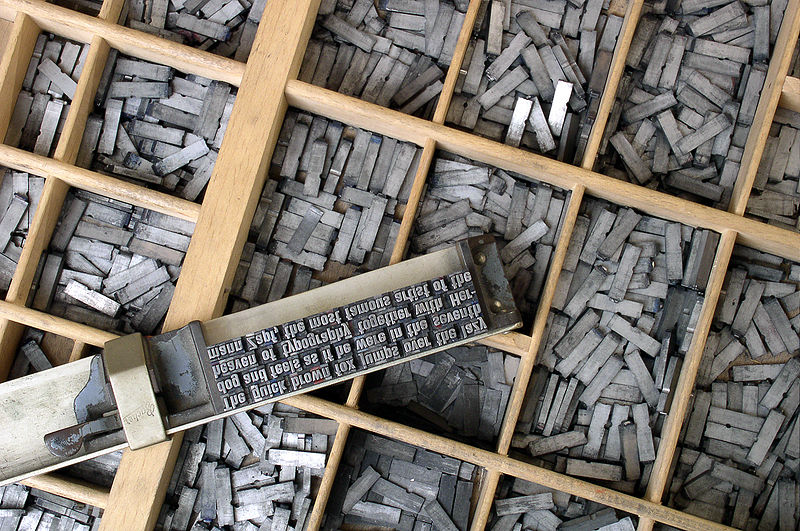
But it hasn’t been always like this. In ancient times woodblock printing was widely used as a technique for printing text, images or patterns. It originated in China in antiquity as a method of printing on cloth and later on paper. Later in Arabic countries blocks were mostly used for printing prayers and amulets. There is some evidence to suggest that the print blocks were made from a variety of different materials besides wood, including metals such as tin, lead and cast iron, as well as stone, glass and clay.
In the course of scientific developments, a new printing method, a movable type one, was invented. It used movable pieces of metal type, made by casting from matrices struck by letter punches. Movable type allowed for much more flexible processes than hand copying or block printing.
A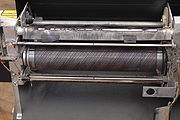 round
1450, Johannes Gutenberg introduced what is regarded as an
independent invention of movable type in Europe, along with
innovations in casting the type based on a matrix and hand
mould.
Gutenberg was the first to create his type pieces from an alloy of
lead, tin and antimony
– the same components still used today. The high
quality
and relatively low price of the Gutenberg Bible (1455) established
the superiority of movable type, and printing presses rapidly
spread
across Europe, leading up to the Renaissance, and later all around
the world. Today, practically all movable type printing ultimately
derives from Gutenberg's movable type printing, which is often
regarded as the most important invention of the second millennium.
round
1450, Johannes Gutenberg introduced what is regarded as an
independent invention of movable type in Europe, along with
innovations in casting the type based on a matrix and hand
mould.
Gutenberg was the first to create his type pieces from an alloy of
lead, tin and antimony
– the same components still used today. The high
quality
and relatively low price of the Gutenberg Bible (1455) established
the superiority of movable type, and printing presses rapidly
spread
across Europe, leading up to the Renaissance, and later all around
the world. Today, practically all movable type printing ultimately
derives from Gutenberg's movable type printing, which is often
regarded as the most important invention of the second millennium.
Another name which is worth mentioning while describing the history of book printing is Richard March Hoe who invented the rotary printing press in 1843. It uses impressions curved around a cylinder to print on long continuous rolls of paper or other substrates. Rotary drum printing was later significantly improved by William Bullock.
3. Some materials were mentioned in the text, say what materials these objects are made of.
a)
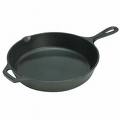 ____________________
____________________
b
tin
lead
cast iron
paper
stone
glass
clay
wood
cloth
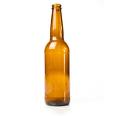 _____________________
_____________________
c)
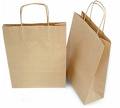 _____________________
_____________________
d)
 ______________________
______________________
e)
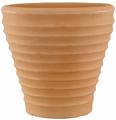 ______________________
______________________
f)
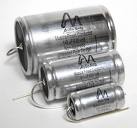 _______________________
_______________________
g)
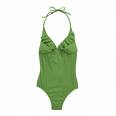 ________________________
________________________
h)
![]() _______________________
_______________________
i)
 ______________________
______________________
4. Match the following terms with their definitions.
a) printing press |
1) a piece of equipment which cuts letters in a material by pushing a piece of metal through it |
b) letter punches |
2) a hollow container with a particular shape into which soft or liquid substances are poured, so that when the substance becomes hard it takes the shape of the container |
c) woodblock |
3) the hollow metal cylinder |
d) casting |
4) a machine that prints books, newspapers or magazines |
e) mould |
5) coloured liquid used for writing, printing and drawing |
f) impressions |
6) making an object by pouring melted metal into a shaped container where it becomes hard |
g) drum |
7) a piece of wood on which a pattern is cut which is used for printing |
h) ink |
8) a mark made on the surface of something by pressing an object onto it |
5. Present the information from the text in the form of a table, marking the stages of bookprinting development and their distinctive features.
Stage |
Distinctive features (additional information) |
|
|
|
|
|
|
|
|
|
|
|
|
|
|
![]() rammar
rammar
1. Complete the sentences with your own ideas.
a) If Gutenberg hadn’t invented the printing press …
b) If I don’t buy this newspaper …
c) If there is no ink…
d) If my brother didn’t work in typography…
e) If the author hadn’t asked the graphic designer for help…
f) I wouldn’t have decided to become a publisher…
g) This book wouldn’t have become a bestseller…
h) He will read this magazine article…
i) The history of book printing would have been associated only with the name of Gutenberg…
j) Book printing wouldn’t be the essential part of our modern life…
2. Fill in the proper verb forms.
a) If a new high speed printing machine (be invented), it (attract) a lot of attention in the world.
b) If this technology (print) full-color images at 60 pages per minute (ppm), it (meet) the requirements of modern standard.
c) If this technology (be adopted), it soon (be) available for home/office, photo-kiosk and label markets.
d) This machine (lead) to large-format commercial printing applications with the ability to print a personalized newspaper if it (be) scalable from 20mm to more than 2 meters (6 feet).
e) The majority of existing inkjet printers in the past (can use) ink cartridges with a capacity of about 10ml with the invention of such technology.
f) This new print machine with all these characteristics (can cost) from $10 to $20.
g) If Silverbrook's A4 desktop printer's individual colour ink cartridges (held) 50ml of ink, the company (sell) for less than $20 each.
h) If products at an advanced stage of development (include) a small photo printer for printing snapshots this (be claimed) to be much faster than anything else on the market.
i) If Memjet technology (be patented) last year it (be awarded) in many countries all over the world.
j) Memjet’s technology (be) so popular, if it (have) higher speed, higher colour quality and cheaper.
3. Think of the possible reasons for the following problems. Write an if-sentence. Add the sentence with ‘I wish’ in a suitable form. The first one has been done for you as an example.
a) The printer won’t reproduce image. => There is no ink in the cartridge.
If there were ink in the cartridge, the printer would reproduce image.
I wish there were ink in the cartridge. OR I wish I had refilled the cartridge.
b) In ancient times books were rare.
c) The Chinese print blocks were of poor quality.
d) Book printing didn’t spread across Europe until 1455.
e) Hand copying made book very expensive to buy.
f) The printer reproduces wrong patterns.
g) The fax machine won’t pass on the message.
4. a) Skim the following text and underline the main effects the appearance of printing had in the society of that time.
Print gave a broader range of readers access to knowledge and enabled later generations to build on the intellectual achievements of earlier ones. Some people said that the emergence of printing also meant the death of an oral culture and that this new culture had more of a focus on the visual images rather than listening. The invention of printing also changed the occupational structure of European cities. Printers emerged as a new group of workers for whom literacy was essential. Proof-correcting arose as a new job, while a rise in the amount of booksellers and librarians naturally followed the explosion in the numbers of books.
b) Make up as many if-sentences according to the text as possible.
If printing hadn’t appeared…
![]() ocabulary
ocabulary
1. a) What kind of reader are you? What purposes do you read books for?
b) Read the text to find out what kinds of reading there are, and say which is more suitable for you.
Asa Briggs and Peter Burke identify five kinds of reading that developed in relation to the introduction of print:
Critical reading: due to the fact that texts finally became more accessible to the general population, critical reading emerged because people were given the option to understand a variety of texts and form their own opinions on them.
Dangerous Reading: reading was seen as a dangerous hobby because it was considered rebellious and unsociable. This was especially in the case of women because reading could stir up the most dangerous emotions like love.
Creative reading: Printing allowed people to read texts and interpret them creatively, often in very different ways than the author intended.
Extensive Reading: The emergence of print allowed for a wide range of texts to become available, thus, previous methods of intensive reading of texts from start to finish, began to change. With texts being readily available, people began reading on particular topics or chapters, allowing for much more extensive reading on a wider range of topics.
Private reading: This is linked to the rise of individual reading. Before print, reading was often a group event, where one person would read to a group of people. With print, literacy rose as there was growth in availability of texts, thus reading became a solitary occupation.
c) Match the type of reading with its characteristics.
a) Critical reading |
1) creating unnecessary feelings |
b) Dangerous reading |
2) reading alone |
c) Creating reading |
3) selecting the most interesting passages |
d) Extensive reading |
4) making personal point of view |
e) Private reading |
5) understanding your own way |
2. a) In the text, find all the pairs of synonyms in bold.
b) Use them in the sentences of your own.
3. a) In the text, underline all the adjectives and then state their form: positive, comparative or superlative.
b) Give the other two forms for these adjectives.
4. Study the following table giving statistics about book printing in Russia in 1891. Write at least 5 sentences comparing the pieces of information. Make use of help boxes.
much
= far = a lot a
bit = a little = slightly thanComparative form
as
… as not
as … asPositive Form
Twice as … as
Three (four, …) times as … as
Types of Literature |
# of books |
Average # of copies |
Religious |
789 |
4943 |
Reference |
624 |
6410 |
Text books |
574 |
6969 |
Medicine |
476 |
1092 |
Drama |
272 |
691 |
Historical |
254 |
736 |
Law |
224 |
1295 |
Folklore |
221 |
7696 |
EXAMPLE:
a) Drama books were slightly more popular than historical ones.
b) Law books were much less accessible than reference ones.
c) Folklore books were the most widespread in 1891.
![]() peaking
peaking
1. Work in groups of 3-4 people. Think about how book printing technologies will change in the future. Make a presentation of your future printing press for the group. Talk on the following points:
t
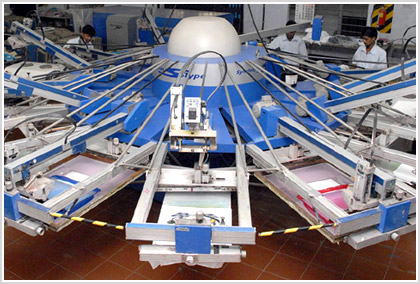 he
appearance
he
appearancethe functions
the materials used
the application
any distinctive features
![]() riting
riting
1. Write a paragraph (100-150 words) saying why you have chosen the profession of a publisher as a perspective one. Follow the structure:
a) Write a topic sentence.
I have chosen book printing as my future career for several reasons.
b) Give three reasons. Make use of the linking devices for listing:
Firstly,
Besides,
Then,
The second reason is…
Finally,
c) To each reason give a suitable example. Make use of the linking devices for examplification:
For example,
For instance,
To prove,
d) Finish up your paragraph with a conclusion. Make use of the linking devices for conclusion.
To sum it up,
In conclusion,
To crown it up,

eading
1. What do you know about modern printing? Mark the following statements TRUE or FALSE.
About 20 million pages are printed every year.
Woodblock printing is still widely used.
Technological advances that could be closely compared to the invention of the printing press are the internet, cellular phones, and mobile technology.
Nowadays printing is accessible at home.
Modern printing devices can print on laminated floor or kitchen worktops.
2. Read the text and find out if your predictions were correct.
Modern printing technology
Across the world, over 45 trillion pages are printed annually. Offset printing is a widely used printing technique nowadays where the inked image is transferred (or "offset") from a plate to a rubber blanket, then to the printing surface. When used in combination with the lithographic process, which is based on the repulsion of oil and water, the offset technique employs a flat image carrier on which the image to be printed obtains ink from ink rollers, while the non-printing area attracts a film of water, keeping the non-printing areas ink-free.
Currently, most books and newspapers are printed using the technique of offset lithography. Other common techniques include:
flexography used for packaging, labels, newspapers.
inkjet used typically to print a small number of books or packaging, and also to print a variety of materials from high quality papers simulate offset printing, to floor tiles; Inkjet is also used to apply mailing addresses to direct mail pieces.
laser printing mainly used in offices and for transactional printing (bills, bank documents). Laser printing is commonly used by direct mail companies to create variable data letters or coupons, for example.
pad printing popular for its unique ability to print on complex 3-dimensional surfaces.
relief print, (mainly used for catalogues).
rotogravure mainly used for magazines and packaging.
screen-printing from T-shirts to floor tiles.
A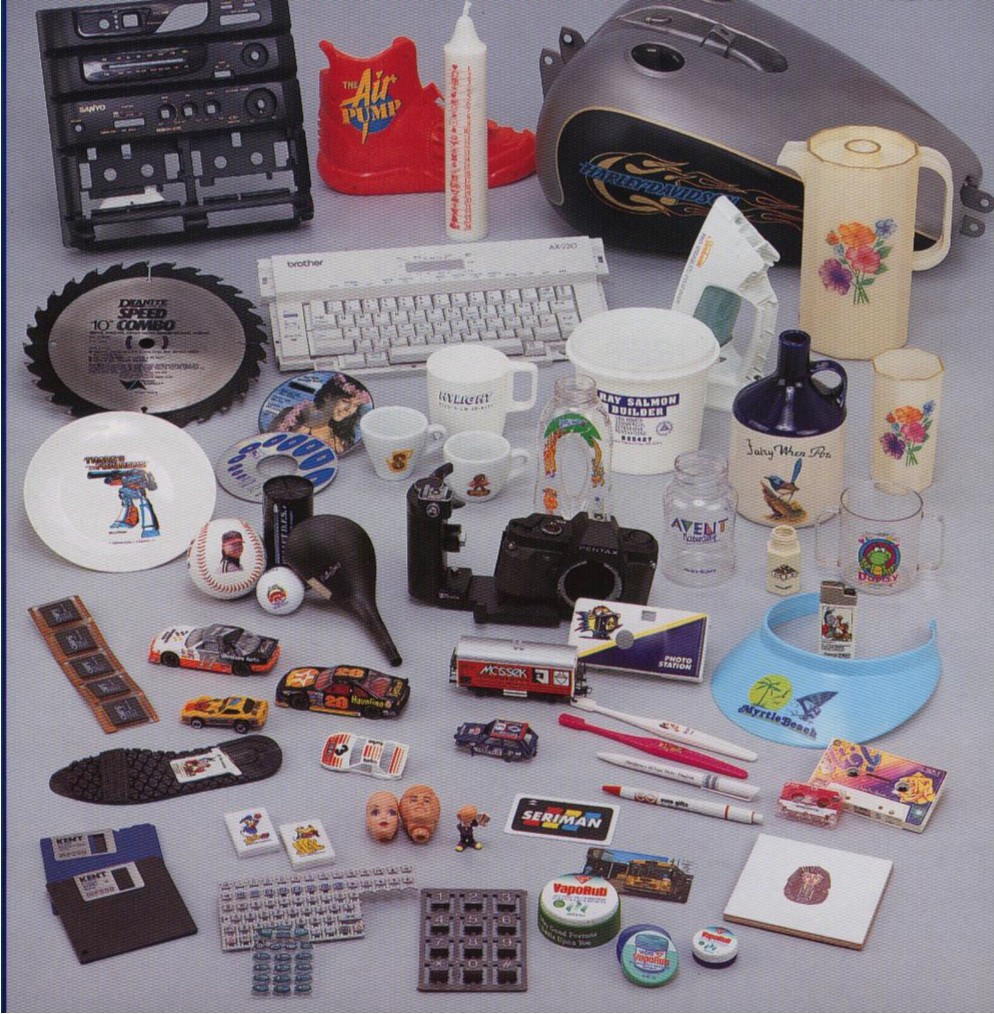 nother
popular printing technique at present is gravure printing which is an
intaglio
technique,
where the image to be printed is made up of small 0s
in
the surface of the printing plate. The cells are filled with ink and
the excess is scraped off the surface with a blade, then a
rubber-covered roller presses paper onto the surface of the plate and
into contact with the ink in the cells. The printing plates are
usually made from copper and may be produced by digital
engraving
or laser
etching.
Gravure printing is used for long, high-quality print runs such as
magazines, mail-order catalogues, packaging, and printing onto fabric
and
wallpaper. It is also used for printing postage stamps and decorative
plastic laminates, such as kitchen worktops.
nother
popular printing technique at present is gravure printing which is an
intaglio
technique,
where the image to be printed is made up of small 0s
in
the surface of the printing plate. The cells are filled with ink and
the excess is scraped off the surface with a blade, then a
rubber-covered roller presses paper onto the surface of the plate and
into contact with the ink in the cells. The printing plates are
usually made from copper and may be produced by digital
engraving
or laser
etching.
Gravure printing is used for long, high-quality print runs such as
magazines, mail-order catalogues, packaging, and printing onto fabric
and
wallpaper. It is also used for printing postage stamps and decorative
plastic laminates, such as kitchen worktops.
